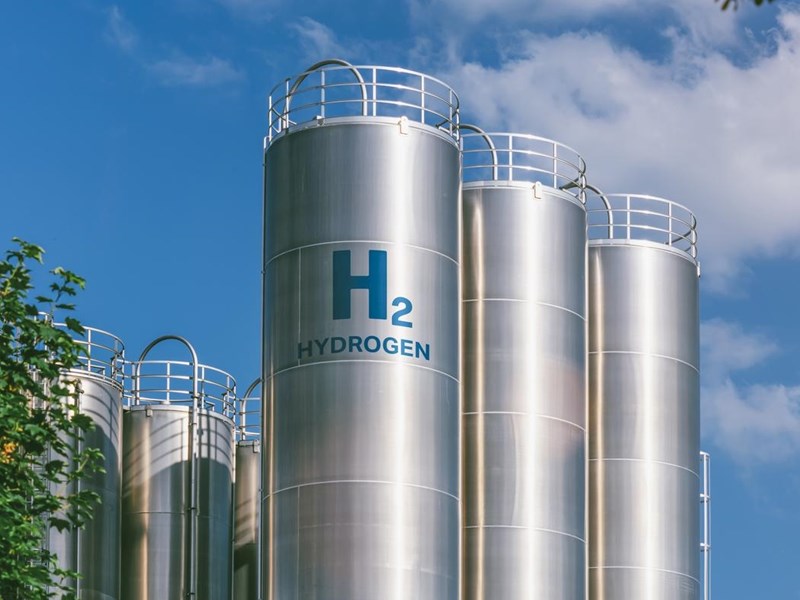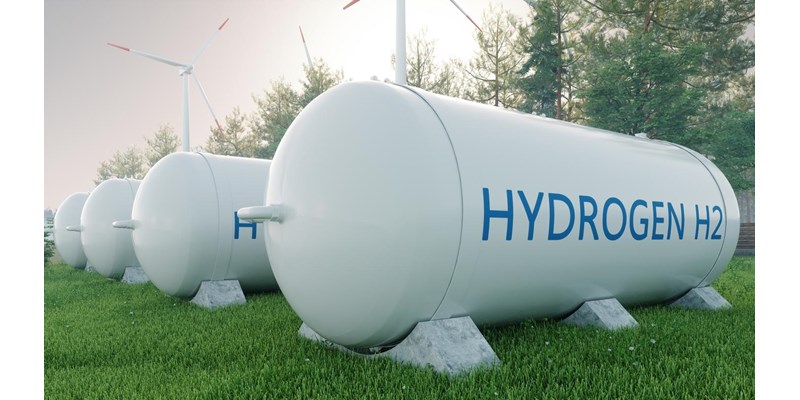
Hydrogen: what you need to know
Low-carbon hydrogen has the potential to become a key pillar of the energy transition. With minimal emissions at the point of production, it could decarbonise large swaths of global emissions. Hydrogen is interlinked with many other factors, such as the development of wind and solar, CCS, and energy infrastructure. How these features play out on a global scale will dramatically influence decarbonisation pathways.
What is low-carbon hydrogen?
While there are a rainbow of colours used to describe hydrogen production, the carbon intensity (CI) of hydrogen is ultimately paramount. Low-carbon hydrogen is an umbrella term we use to capture hydrogen produced via electrolysis. Hydrogen produced from fossil fuels whose process employs carbon capture and storage (CCS) technology in addition to any other technologies that result in a lower CI than the hydrogen produced today. Low-carbon hydrogen is more expensive than the carbon-intensive hydrogen produced today, so in order for low-carbon hydrogen to scale, there needs to be a decrease in production and transportation costs.
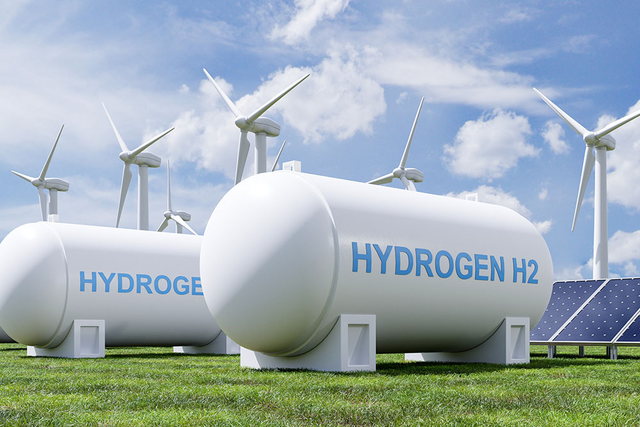
What does the hydrogen market look like?
Almost all hydrogen produced today is derived from fossil fuels. About 90 million tonnes per annum (Mtpa) of carbon intensive hydrogen is produced globally, with less than 1 Mtpa of low-carbon hydrogen production as of 2022. Coal is used in coal gasification to produce brown hydrogen and natural gas is used in steam methane reformation (SMR) and auto-thermal reformation (ATR) to produce grey hydrogen. This carbon-intensive hydrogen is used mainly in the refining and ammonia and methanol end-use sectors.
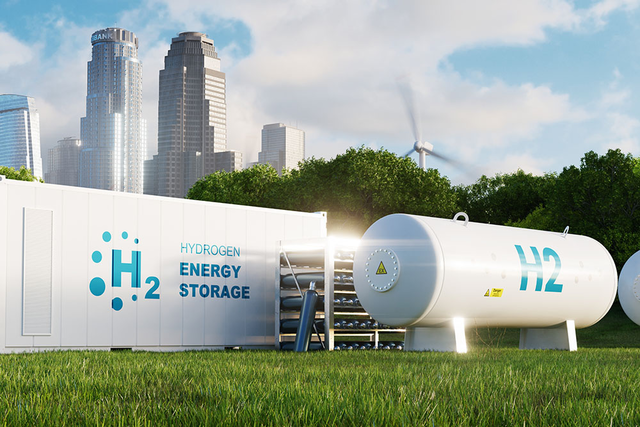
How is low-carbon hydrogen produced?
Hydrogen production does not have to be carbon intensive and there are already several viable low-carbon alternatives. Green hydrogen, or electrolysis-based hydrogen, is produced via electrolysis and requires renewable electricity and water to produce hydrogen and oxygen, as a by-product. Blue hydrogen, or CCS-based hydrogen, follows the same processes as the carbon intensive hydrogen production methods employed today but implements CCS to reduce carbon emissions anywhere from 40% to 90%. Other potential production methods exist at the project demonstration stage. There is plenty of room for innovation and new, ground-breaking technologies in the hydrogen production space. Ultimately, carbon intensity and scalability will determine which technologies are most successful, with electrolysis-based hydrogen currently the most popular low-carbon alternative.
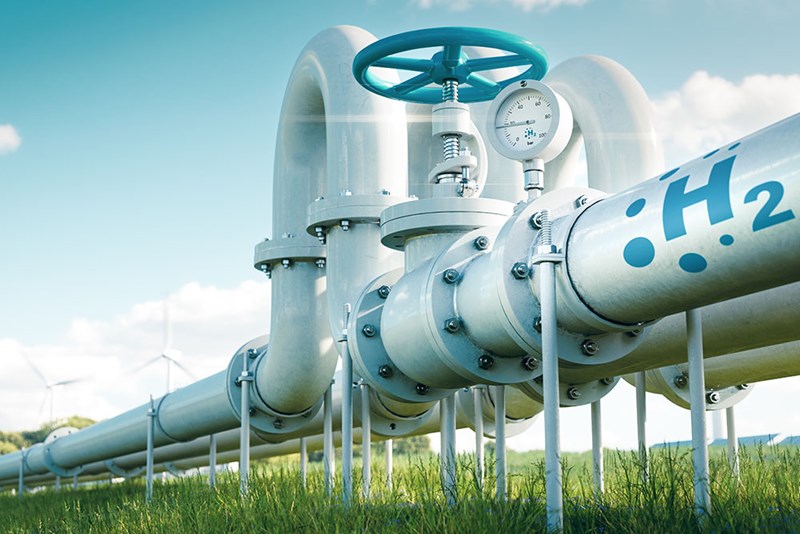
Hydrogen in numbers
US $3.8 trillion
Estimated investable opportunity in the hydrogen economy to 2050.
70%
Global hydrogen demand accounted for by China, the US, India and the EU by 2050 under AET-1.5.
649Mtpa
Global hydrogen demand by 2050 under an AET1.5 scenario
+54%
Growth in hydrogen project pipeline between 2021 and Q3 202
Further considerations
How is policy supporting low carbon hydrogen?
How is policy supporting low carbon hydrogen?
Global government policy will play a critical role in reducing costs and continue to adapt to respond to market dynamics Energy security concerns have already pushed the EU to accelerate hydrogen adoption to 2030 as part of its RePowerEU plan.
This targets 20 Mtpa of hydrogen supply, split equally between imports and indigenous production. With several countries identifying themselves as importers, a hydrogen economy will forge new geopolitical relationships and a competitive export market.
Meanwhile, in the US, the Inflation Reduction Act introduces production tax credits for clean hydrogen of up to US$3 per kilo. in place, with the strong policy support in the US spurring other markets to revise their approach to hydrogen as well.
How will hydrogen be transported?
How will hydrogen be transported?
Transportation accounts for 30-55% of the total delivered cost of hydrogen, depending on the derivative, mode of transportation and distance travelled. Hydrogen can be transported as compressed, liquid or it can be converted to a carrier such as ammonia, methanol, or a liquid organic hydrogen carrier (LOHC) for transport.
It can then be transported via pipelines, trucks or in vessels. When considering the most suitable hydrogen carrier, the entire value chain, particularly the end-use application, needs to be considered. Because ammonia can leverage mature technology that can be deployed at scale and it can be used directly in a variety of applications such as power, shipping and industry, in the short term it will be the leading hydrogen carrier accounting for ~60% of seaborn trade.
What’s the hydrogen current pipeline?
What’s the hydrogen current pipeline?
As of quarter 3 2022 the global low-carbon hydrogen pipeline stood at 72Mtpa, 90% of that green hydrogen. That represented an increase of 54% on the 2021 figure of 48Mtpa.
However, this pipeline is maturing quite slowly, with 50% of projects still in a ‘hypothetical’ phase. Europe has the most mature pipeline, with almost 60% of its proposals targeting start-up by 2030. Currently, less than half of the total global pipeline represents risked capacity, but this will improve as incentives and policies crystallise to support the hydrogen industry in its shift towards project execution.
